In case you missed it, from March 1st to 26th we participated, along with other archival institutions across the country, in the Archives of Ontario’s social media campaign #ArchivesAtoZ. The purpose was to bring important archival terms or words associated with our holdings to a broader audience in an interesting and engaging way. We have compiled our 26 terms, their explanations, and their accompanying image below in one post for your reading pleasure (and minus the hashtags and mentions).
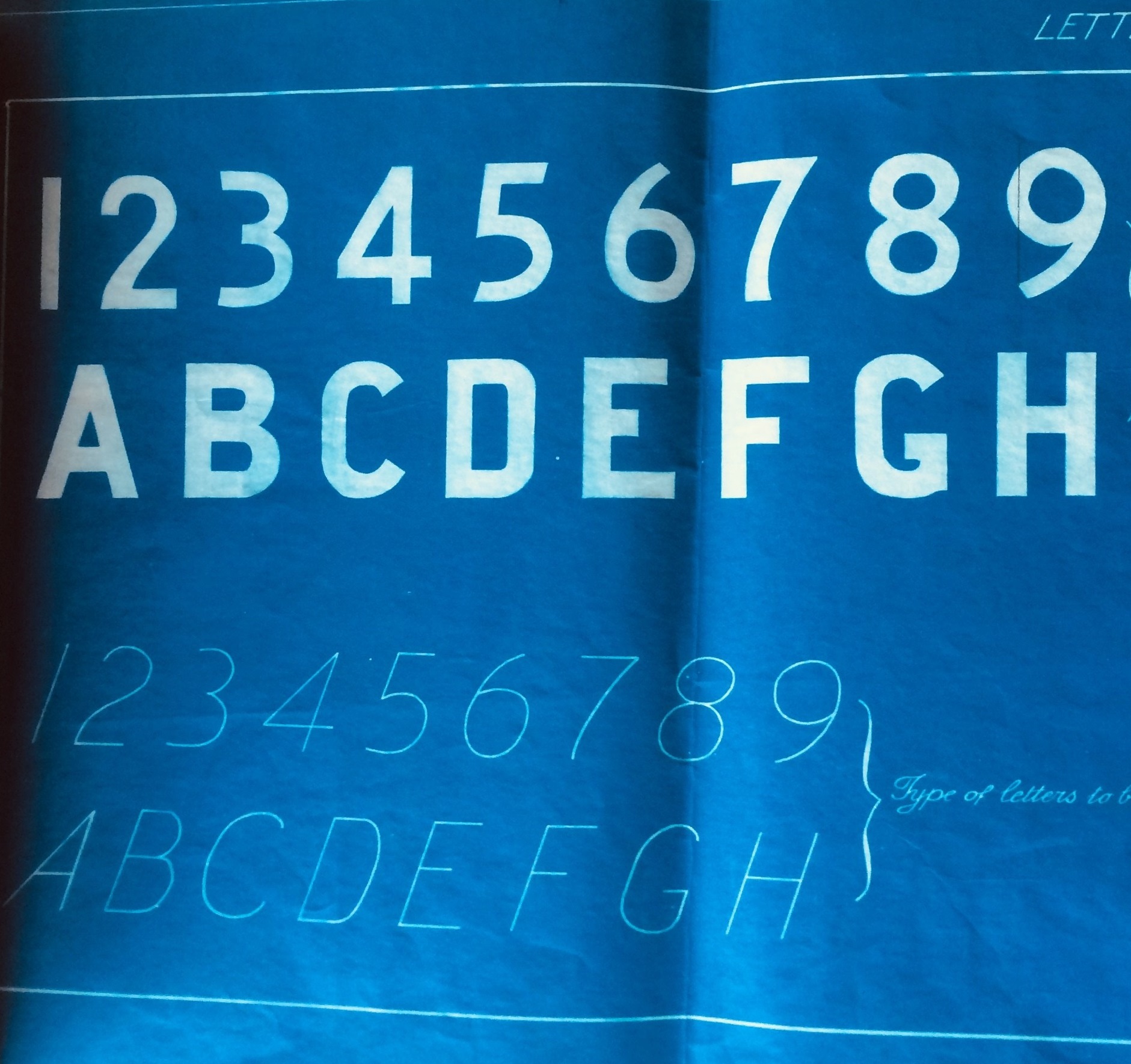
A is for Acquisition
An archives’ holdings grow as a result of acquisition – the process of obtaining records through donation or transfer. The City of Vancouver Archives’ acquisition mandate “is to acquire, preserve, and make accessible the records of the municipal government and its various boards and agencies,” along with private-sector records documenting Vancouver’s history. In the last few years, some of the Archives’ notable private-sector acquisitions include the Vancouver Sun and Province photo morgue, the Pender Guy Radio Collective audio tapes and the BC Gay and Lesbian Archives collection. The process is further detailed in our blog post Acquisition Demystified: Community Contributions to the Archives.
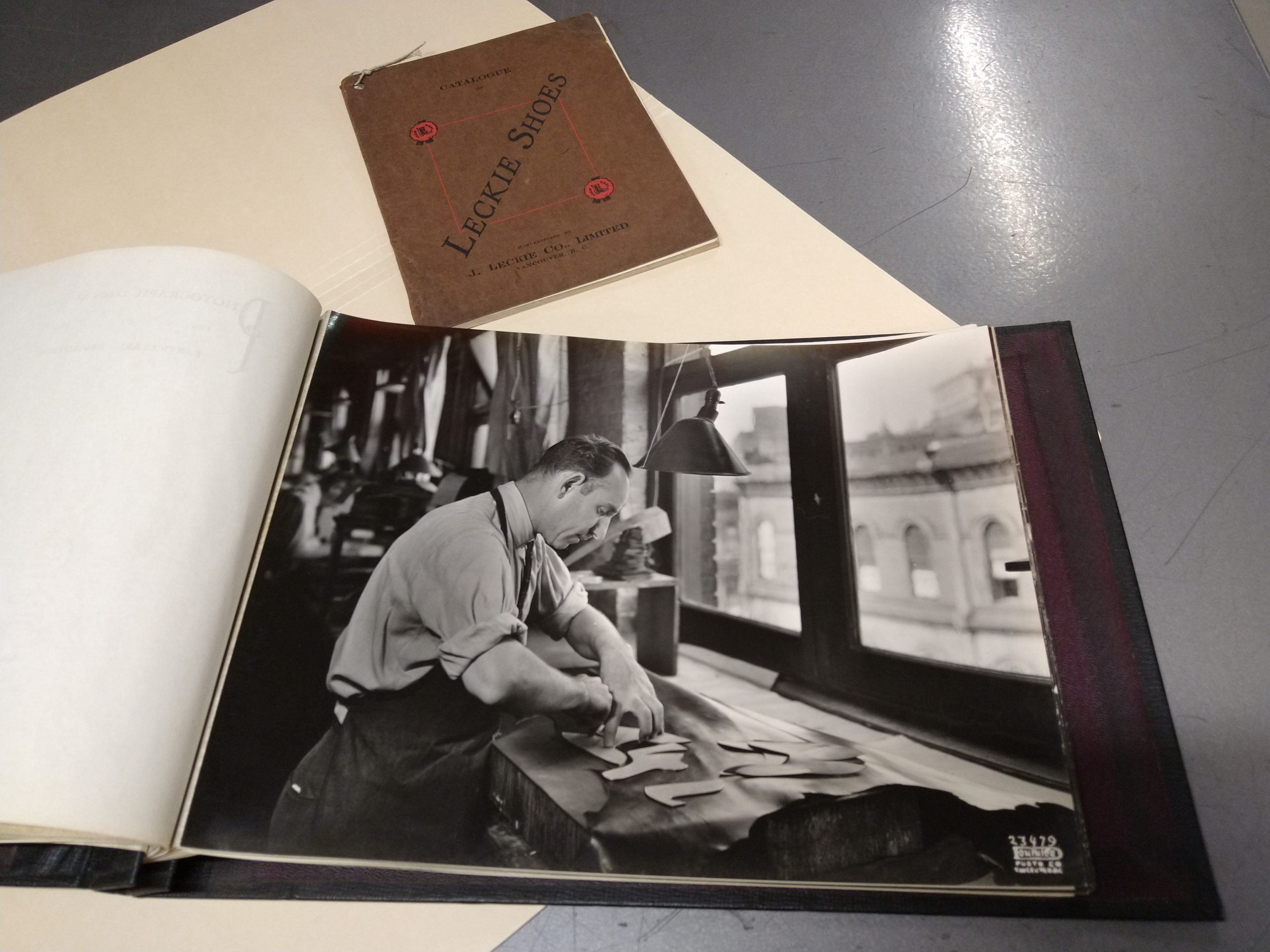
B is for By-laws
The City of Vancouver Archives is the repository for the municipal records of the City of Vancouver, and as such, the official signed and sealed by-laws passed by City Council dating from incorporation in April 1886 to present are housed at the Archives. They are a part of the City of Vancouver fonds, and are found in Series 36. This is By-law no. 1 passed by City Council on May 18, 1886, appointing certain officers for the City of Vancouver.
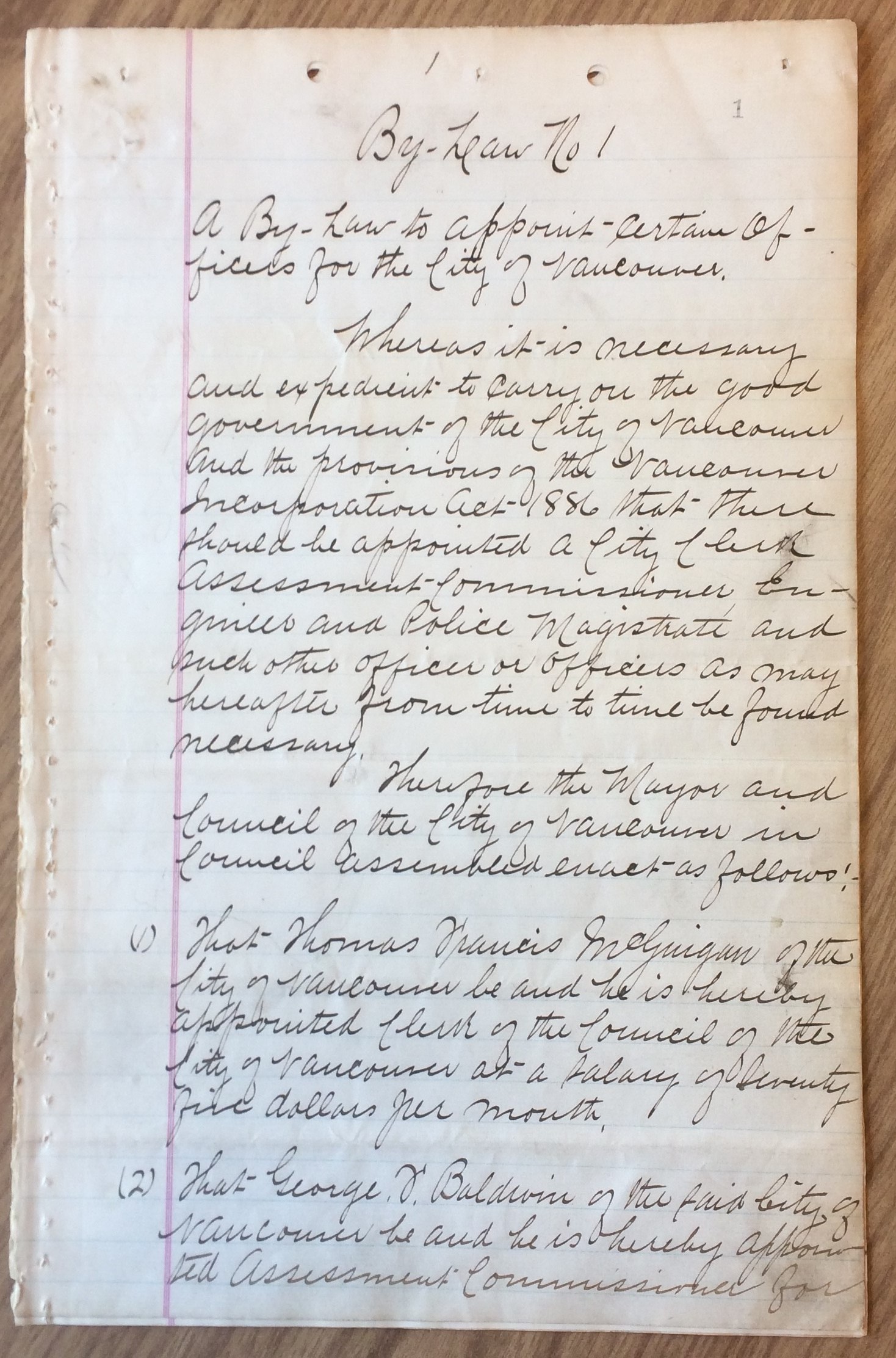
C is for Conservation
Conservation of material in the Archives’ holdings is an important aspect of the work done at the City of Vancouver Archives. This includes the repair or treatment of material to ensure long-term preservation. We are fortunate to have an in-house Conservator and a Conservation Lab.
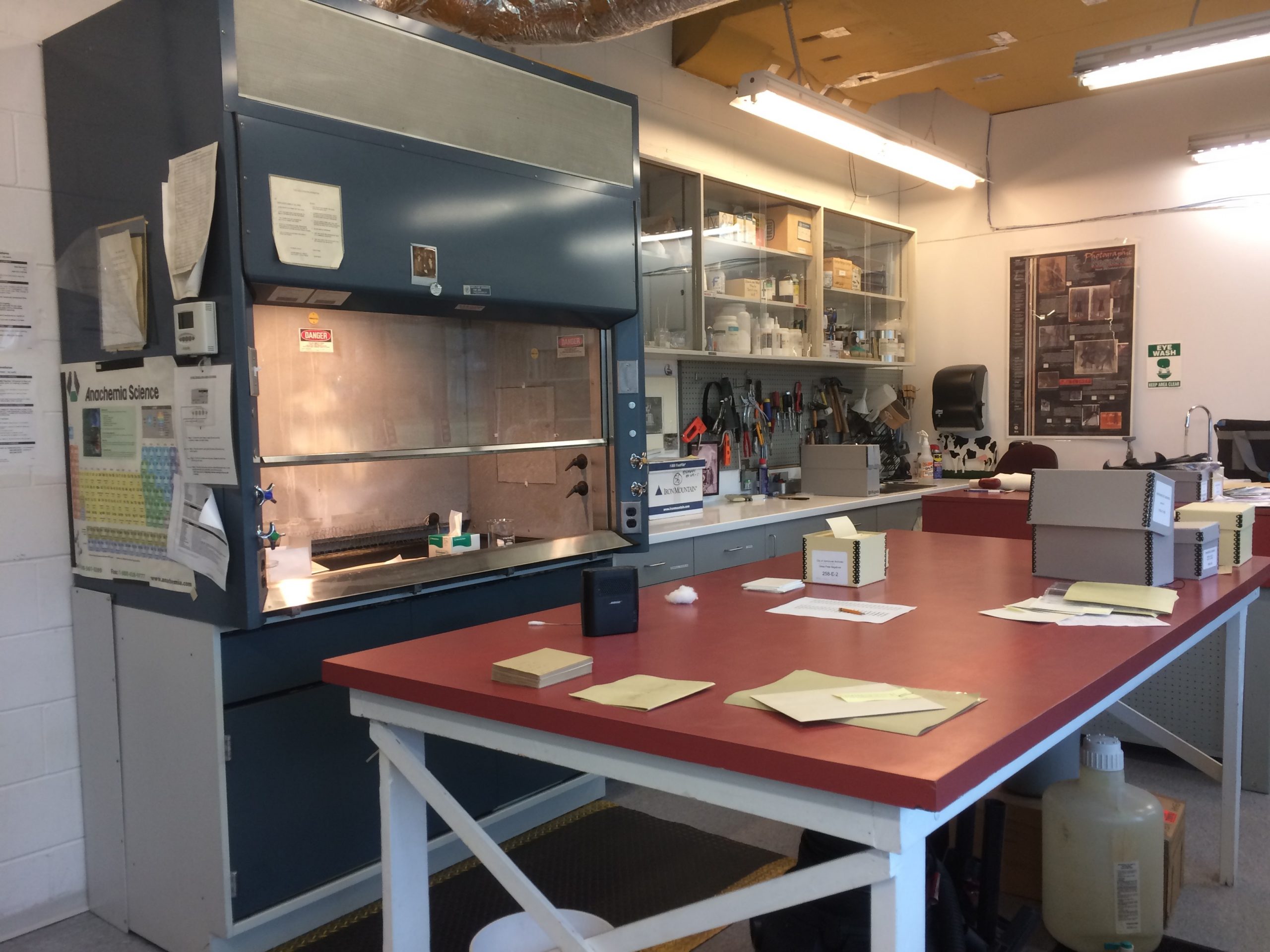
D is for Digitization
Digitization, though a quick sounding process, takes time and effort. Our Digitization Technician does this work for our photographic, cartographic, textual and architectural material, which, after quality assurance checks and description work by the archivists, is uploaded to our online public database. Our main objective is to reduce handling of fragile originals but also, if not more importantly, to make our holdings more broadly accessible. All digitization work carried out done at the City of Vancouver Archives is currently funded by various grants from external organizations and by donations raised through the Friends of the Vancouver City Archives. It takes a lot of resources–only about 4% of our photographic holdings (and < 1% of the holdings overall) have been digitized.

E is for Encapsulation
Encapsulation, which involves enclosing material by two sheets of polyester plastic sealed at the edges, is usually reserved at the City of Vancouver Archives for fragile records that may be brought out for display during an open house event. This encapsulation helps protect the records. This 1914 contract involving Chinese opera singer/performer Xu Guang (徐光) from Hong Kong, part of the Sam Kee Company fonds, was encapsulated for one of our past open house events.
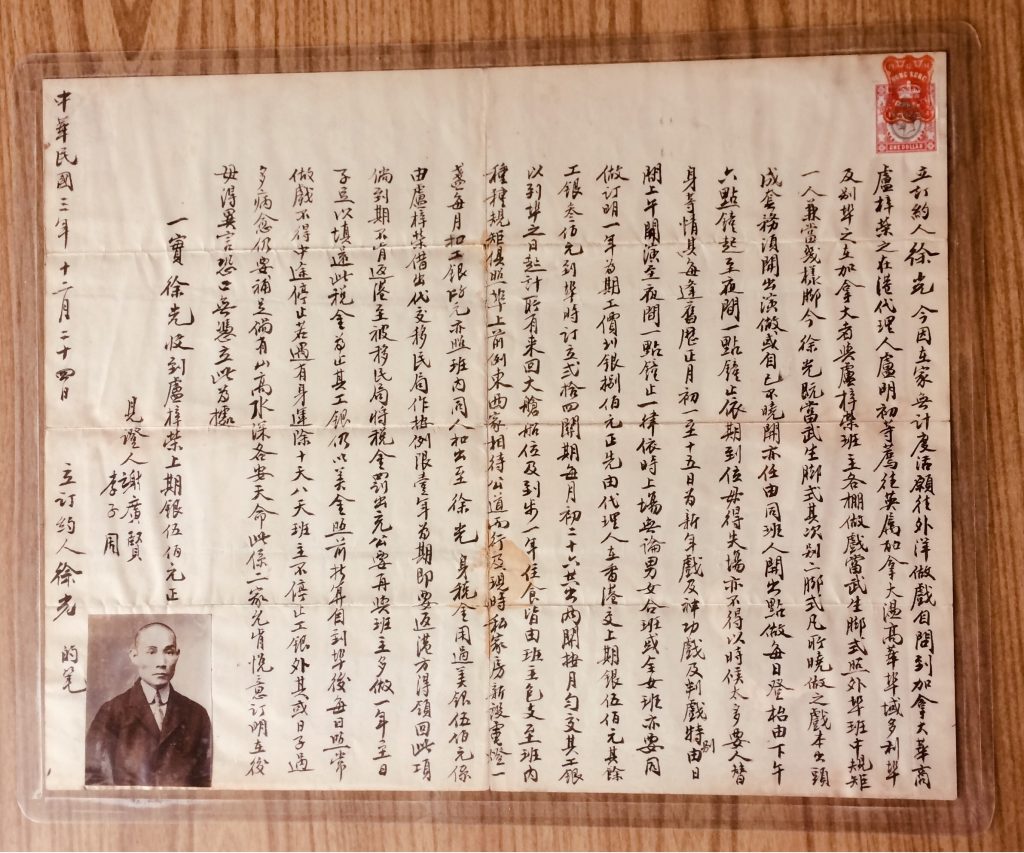
F is for Friends of the Vancouver City Archives
Thanks to the ongoing efforts of the Friends of the Vancouver City Archives (FOVCA) a number of Archives projects have been funded, including digitization and description of photographs from several fonds, and the purchase and installation of our 1600 cubic foot cold storage facility used to house acetate negatives. For more information about the FOVCA, visit fovca.com

G is for General material designation
The General Material Designation (GMD) filter found on the advanced search page on at the City of Vancouver Archives database can be quite handy. It specifies what general format records from our holdings exist as. For example, if a researcher is interested in finding just photographs of Burrard Bridge, they could highlight the Photograph option under the GMD filter, thereby filtering out textual or other non-photo related descriptions of records.
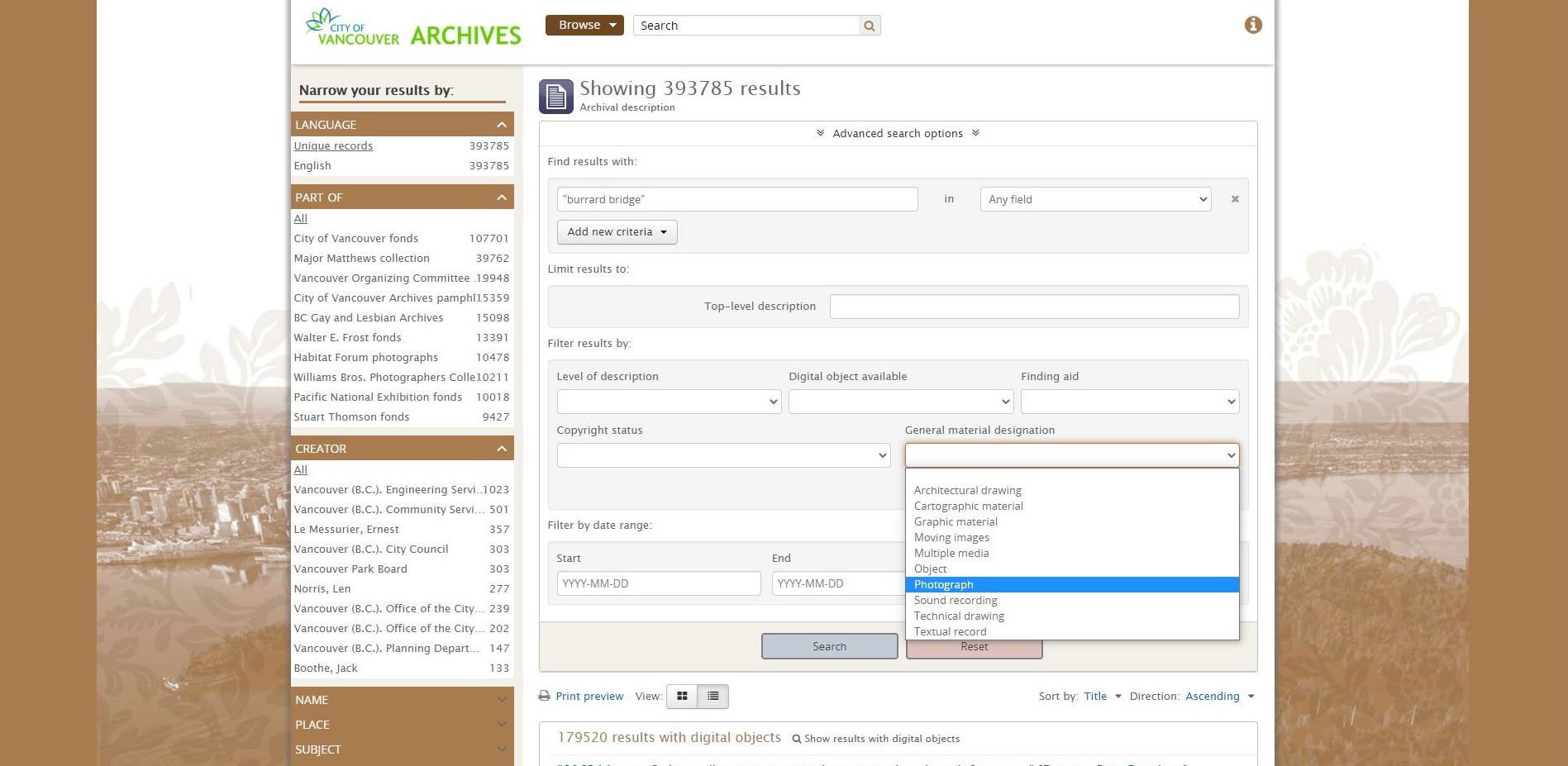
H is for Holdings
All the material that at the City of Vancouver Archives has is referred to as our holdings. In sum that is 2500 linear meters of textual City records, 1950 linear meters of textual private-sector records, 7.2 million photographs, 70700 architectural drawings, 13000 pamphlets, 6800 maps, 6000 City publications, 3000 postcards, 1300 works of documentary art, 2700 audio recordings, 2900 moving image records, and 86.1 TB of born-digital and digitized records. Here is a peek into what our vault looks like where we house most of our holdings. The descriptions of records in our holdings can, of course, be searched on our database.
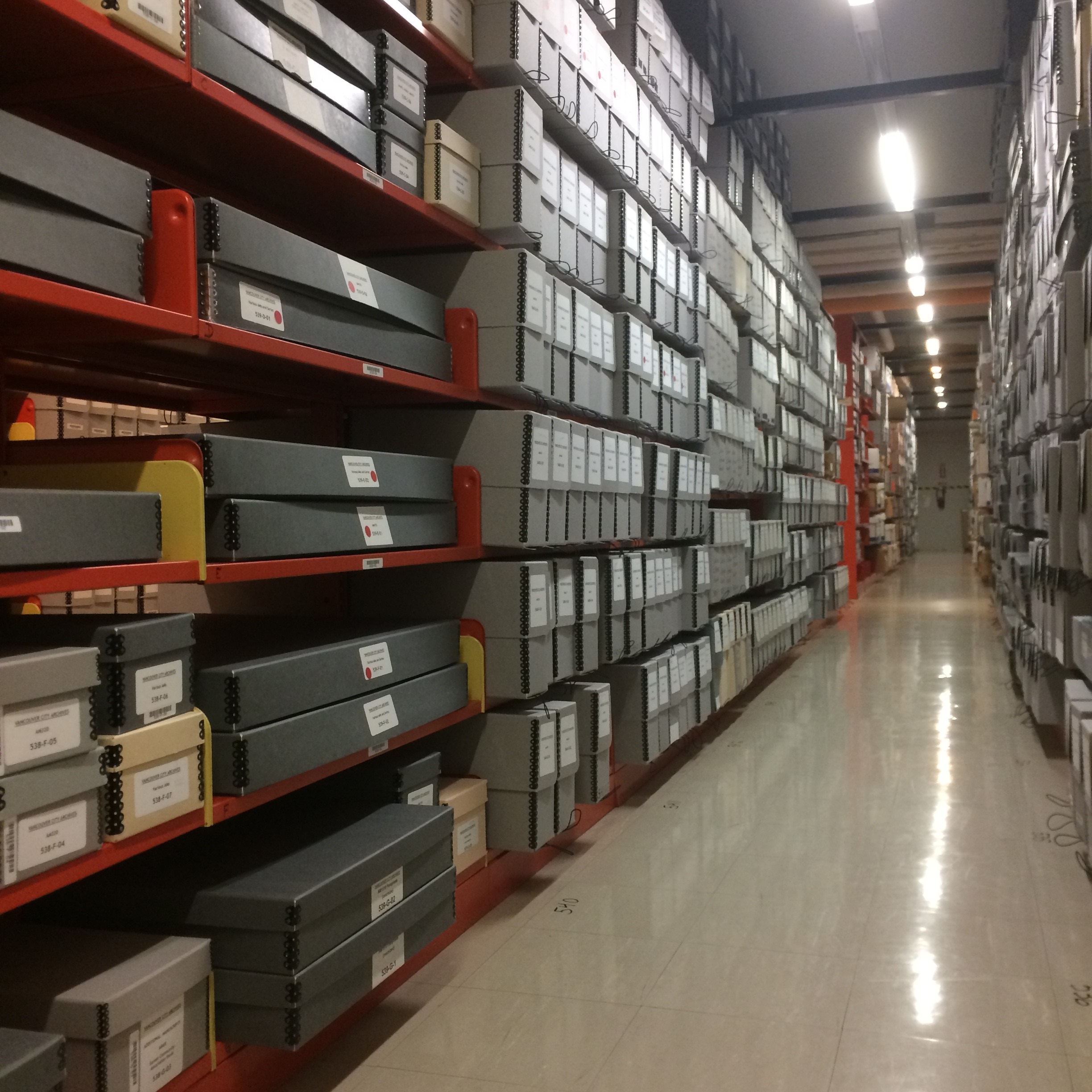
I is for Inventory
One of the major projects at the City of Vancouver Archives over the last few years has been an inventory of the holdings. An inventory ensures that what the database tells us is on the shelf is actually on the shelf. Over the course of the project we were able to better describe some of the holdings and make them more discoverable to the public.
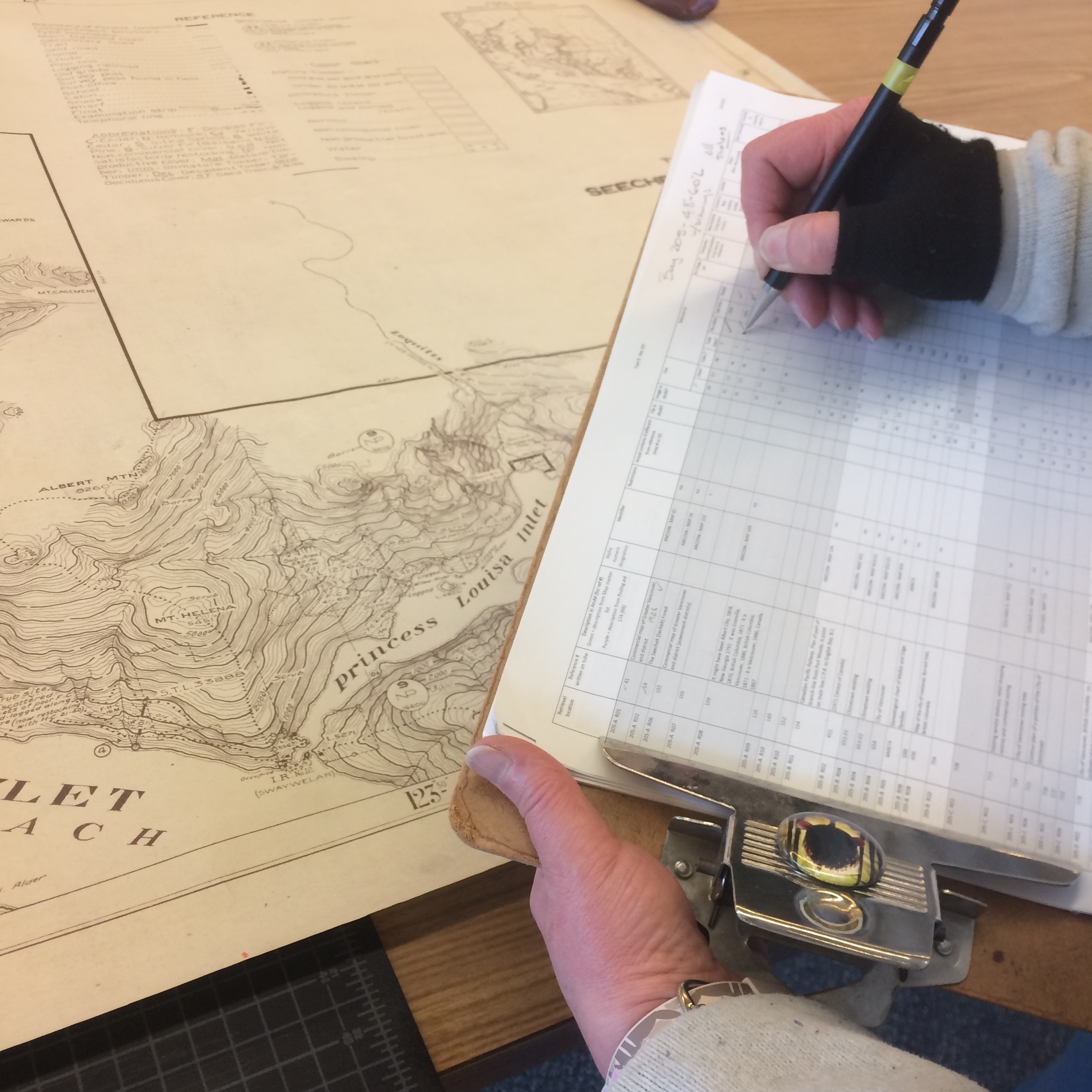
J is for JPEG
JPEGs are a digital file format used for images, and is the file format we use for the access copies of digitized material made available through our database. If an image appears with a description, you can simply click on the image and a high resolution JPEG version will open in your internet browser that you can then download. This high-res JPEG is the same size as the master .tif we create as part of our digitization process.
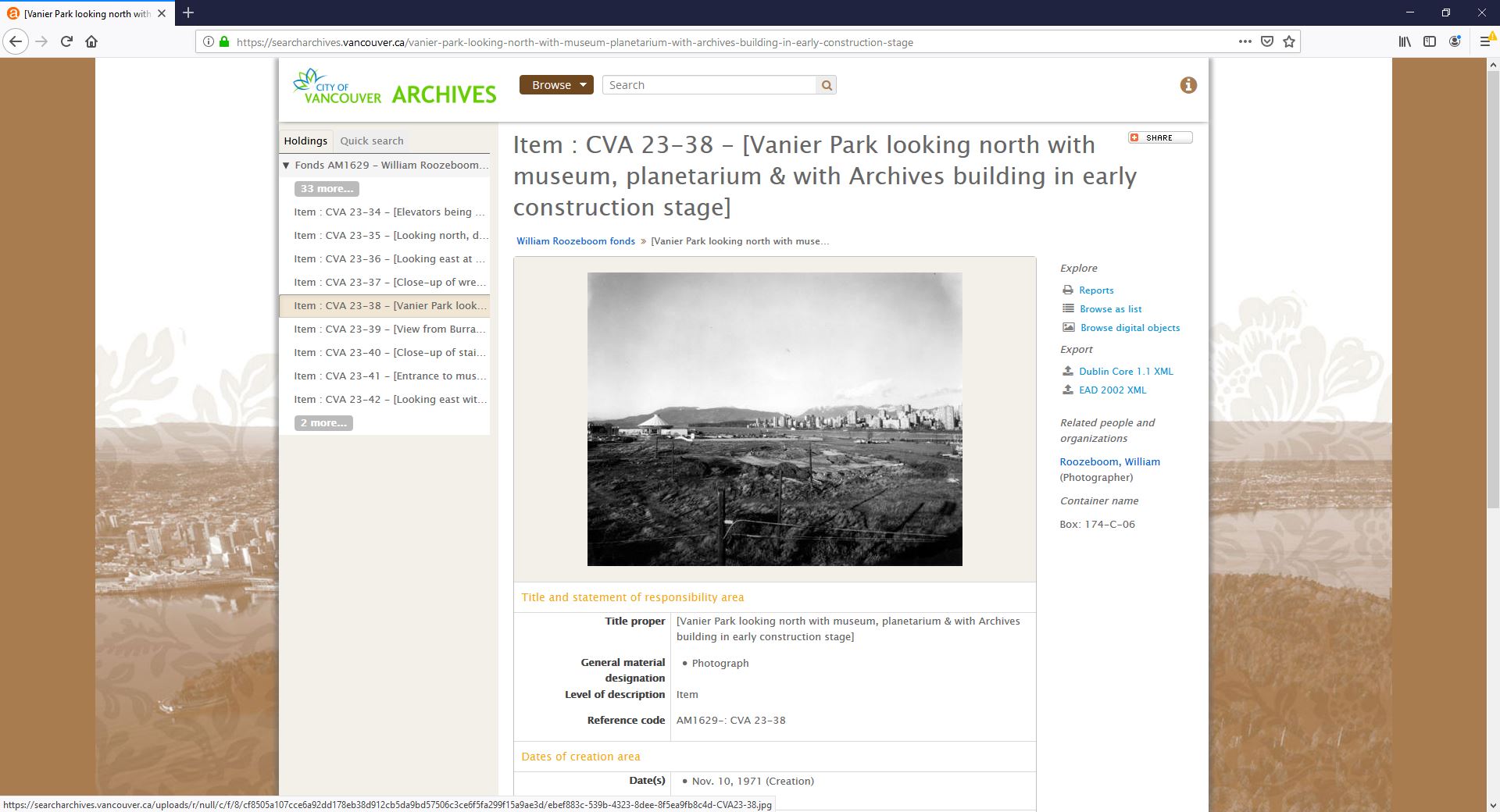
K is for Keyword
When approaching archival research it can be useful to brainstorm a list of keywords to search in the City of Vancouver Archives database, as the quality and quantity of your search results can be heavily influenced by what keywords you are trying. It is also useful to think about what concepts and other terms are related to those keywords, as sometimes they themselves may become good terms to search, and they may also unlock another set of results that you may not have come across otherwise.

L is for Levels of Description
Records in archives are arranged in hierarchical units, from the general to the specific, and described according to a national standard called the Rules of Archival Description (RAD). The highest level is the fonds. Fonds are then broken into Series, Series into Files, and Files into Items, though there are variations to this breakdown, and can include sousfonds, subseries, and parts. To illustrate this, the City of Vancouver Archives has the City of Vancouver fonds. Within this, there are many series, one being the Planning Department slide file photographs Series. Within this series are a number of files, one of which is the “[Area 02] Central Business District – Downtown” file. Within that file, this 1967 photograph which is an item, is found.
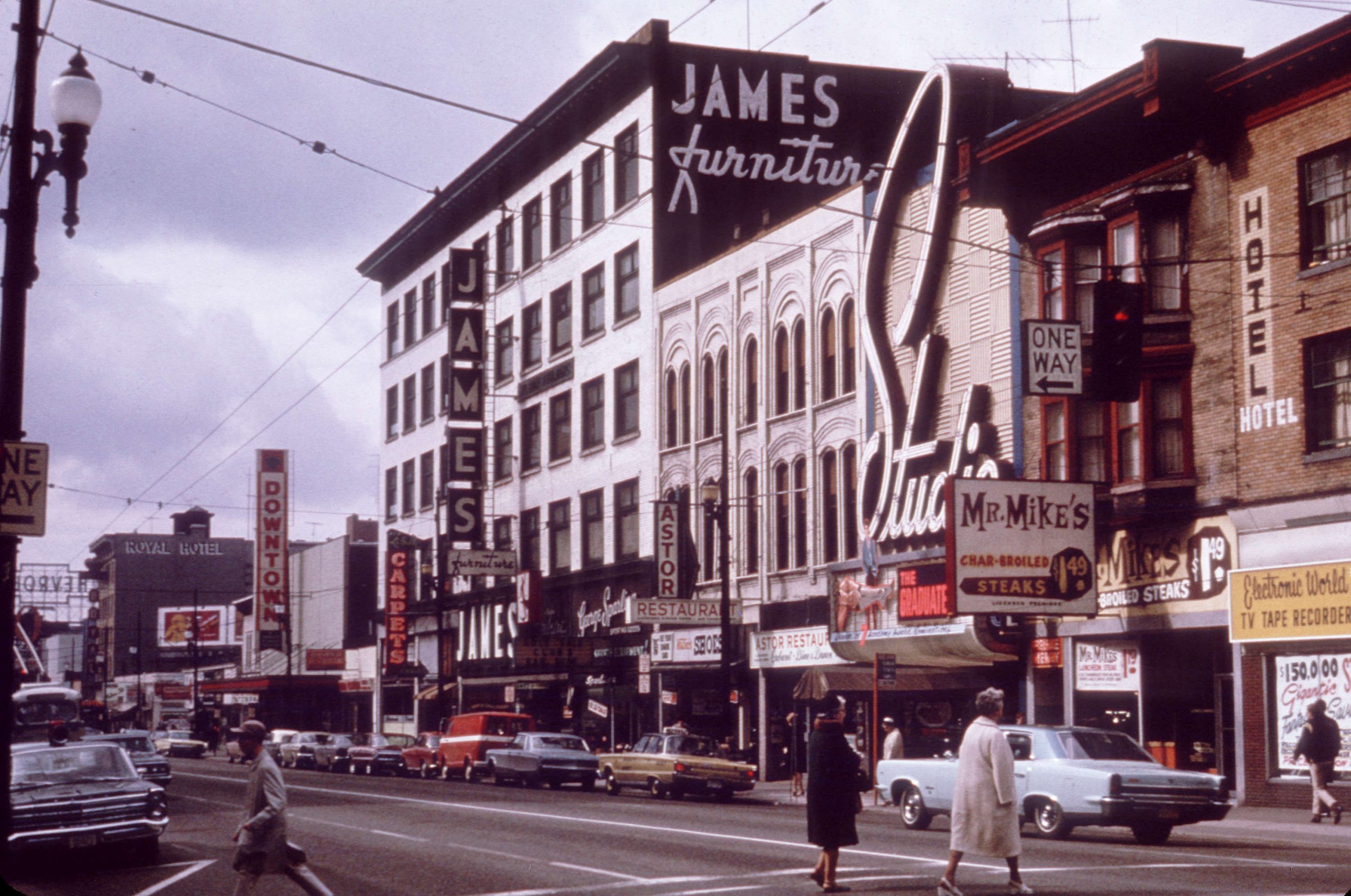
M is for Major Matthews
Major Matthews was the first City Archivist, a position held from 1933 until his death in 1970. He was a prolific collector of material related to Vancouver’s development, and his collection is an important part of the Archives’ private-sector holdings. He was an advocate for the preservation and continual care for these records. More about the man and his legacy can be found in our blog post “Our First City Archivist – Major J.S. Matthews” and in Daphne Sleigh’s book The Man Who Saved Vancouver.
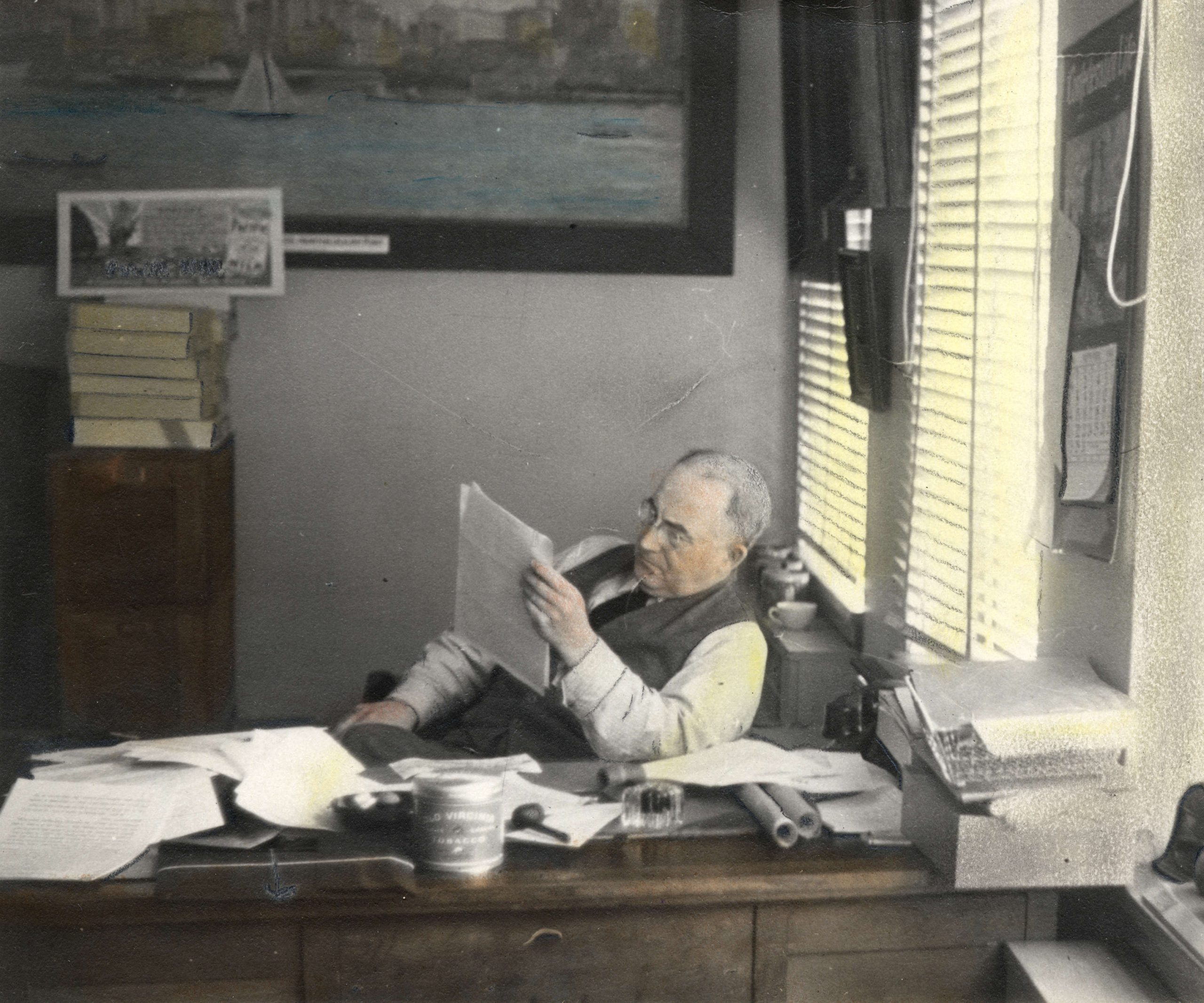
N is for Negatives
Negatives may not be so prolific these days with the majority of people using their smartphones or digital cameras to snap photos, but a look into our vault and frozen storage will reveal a LOT of negatives. They run the gamut from fragile glass plate negatives, to nitrate, to acetate, each requiring special considerations when storing them. For example, the acetate negatives are kept frozen to slow down their deterioration.
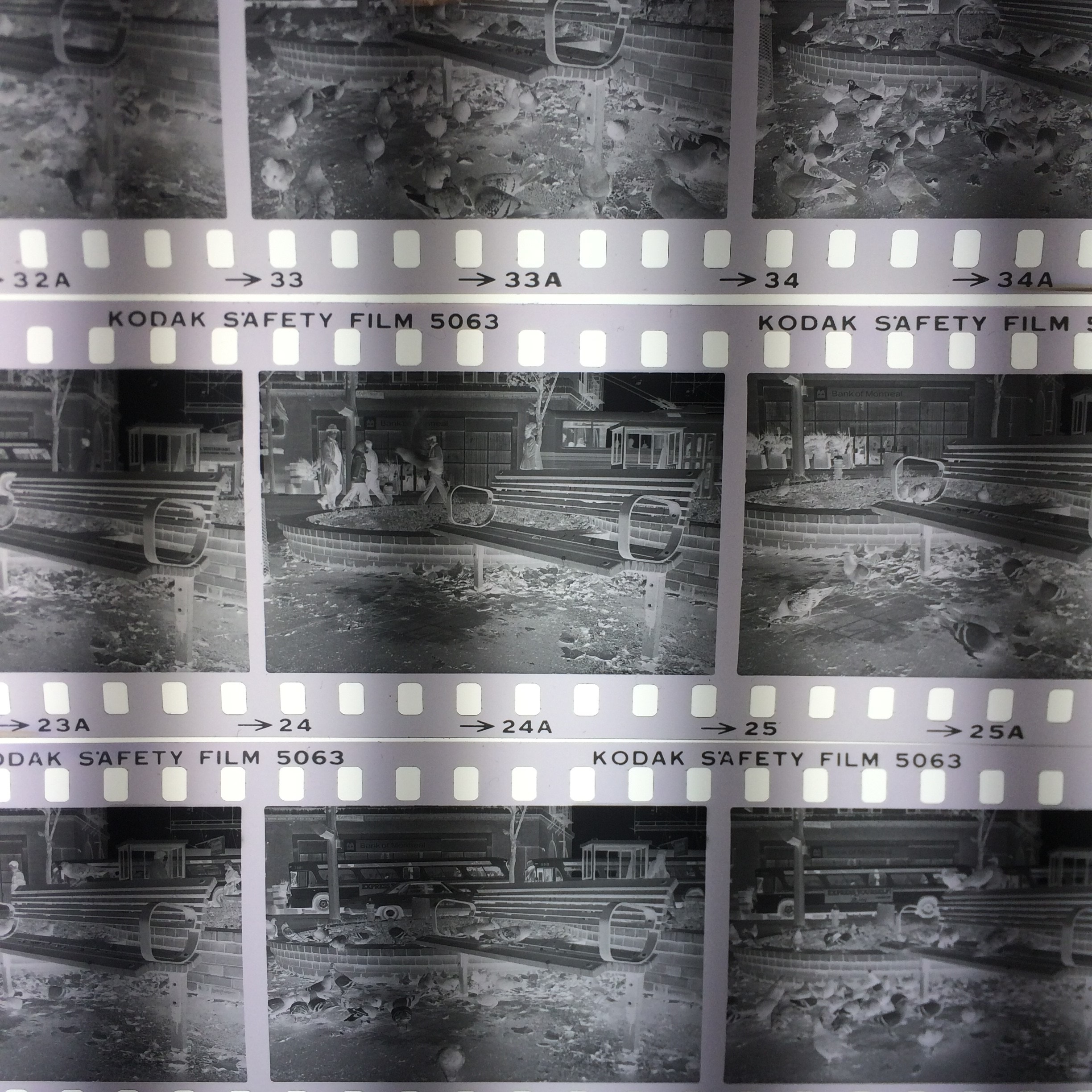
O is for Original Order
Original order, along with provenance are the two parts that make up Respect des fonds – the principle that forms the foundation of arrangement and description in archives. If we can determine the order in which the records were created and used by their creator, archivists will preserve that order and not rearrange the records (even if they think a different order makes more sense). This helps preserve the relationships between the records established by their creator body (e.g. individual, family, or corporation) and provides their context (which can be as important as the records’ content). When researchers view records in the Archives Reading Room, we remind them to keep the pages within a folder in original order.
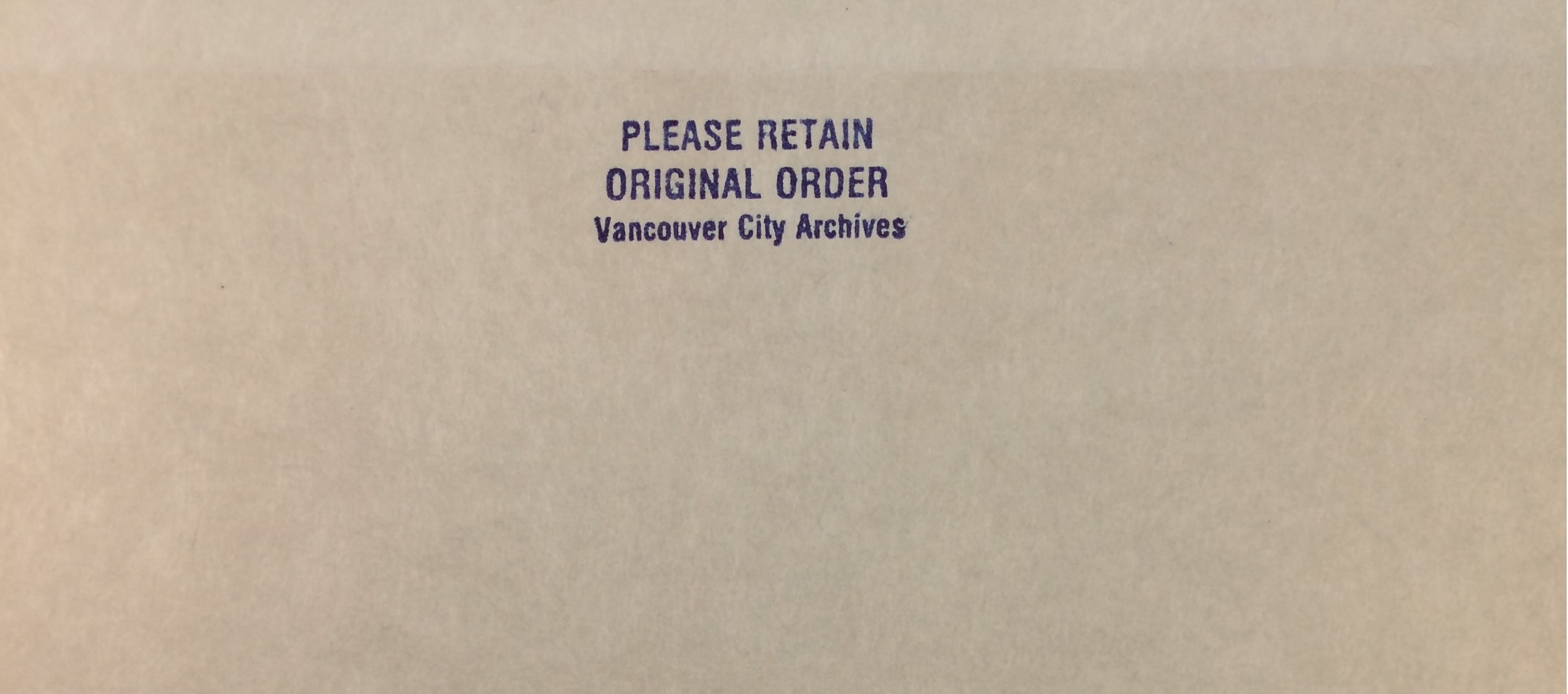
P is for Privacy
Part of the duty of the Archives is to administer access restrictions consistent with Provincial privacy legislation. In some cases it means that some records are restricted for a set period of time. For example, the 1912-1917 Prisoners’ record book, part of the Vancouver Police Department fonds, was restricted up until January 1, 2018, under BC’s Freedom of Information and Protection of Privacy Act. Other records that fall under the privacy restrictions can still be viewed in the Archives’ Reading Room, but require additional paperwork to be filled out. An example is correspondence in from the Clerk’s Department that contain names and addresses of individuals. More information regarding privacy legislation can be found on the BC Government’s website.
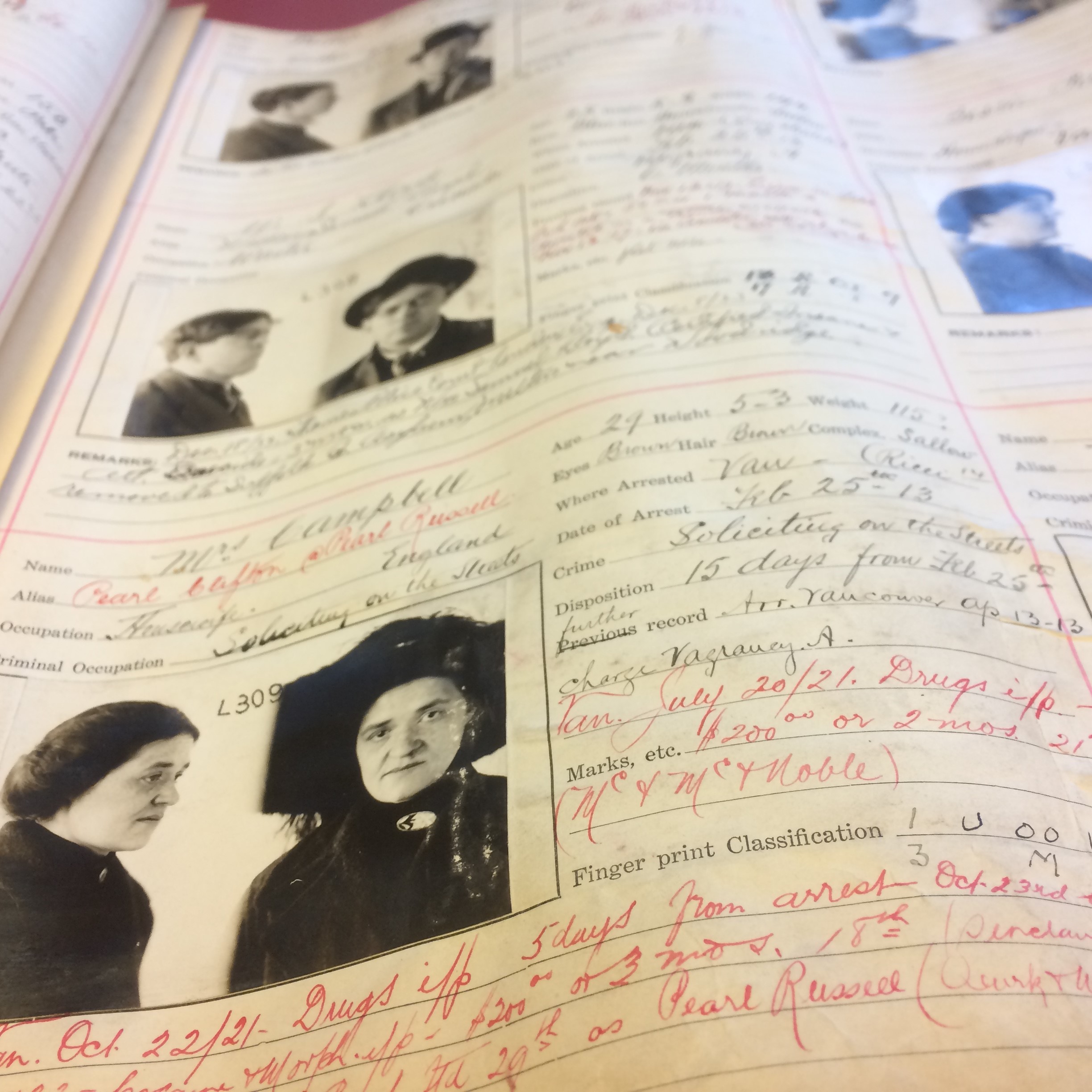
Q is for Quality Assurance
Part of our workflow includes performing quality assurance on our descriptions and digitized content before it is uploaded to our database. We might not always get things 100% correct, but by performing QA, it helps us get closer. Here, QA is being performed on the OCR (optical character recognition) portion of the digitized Council minutes from the 1960s.
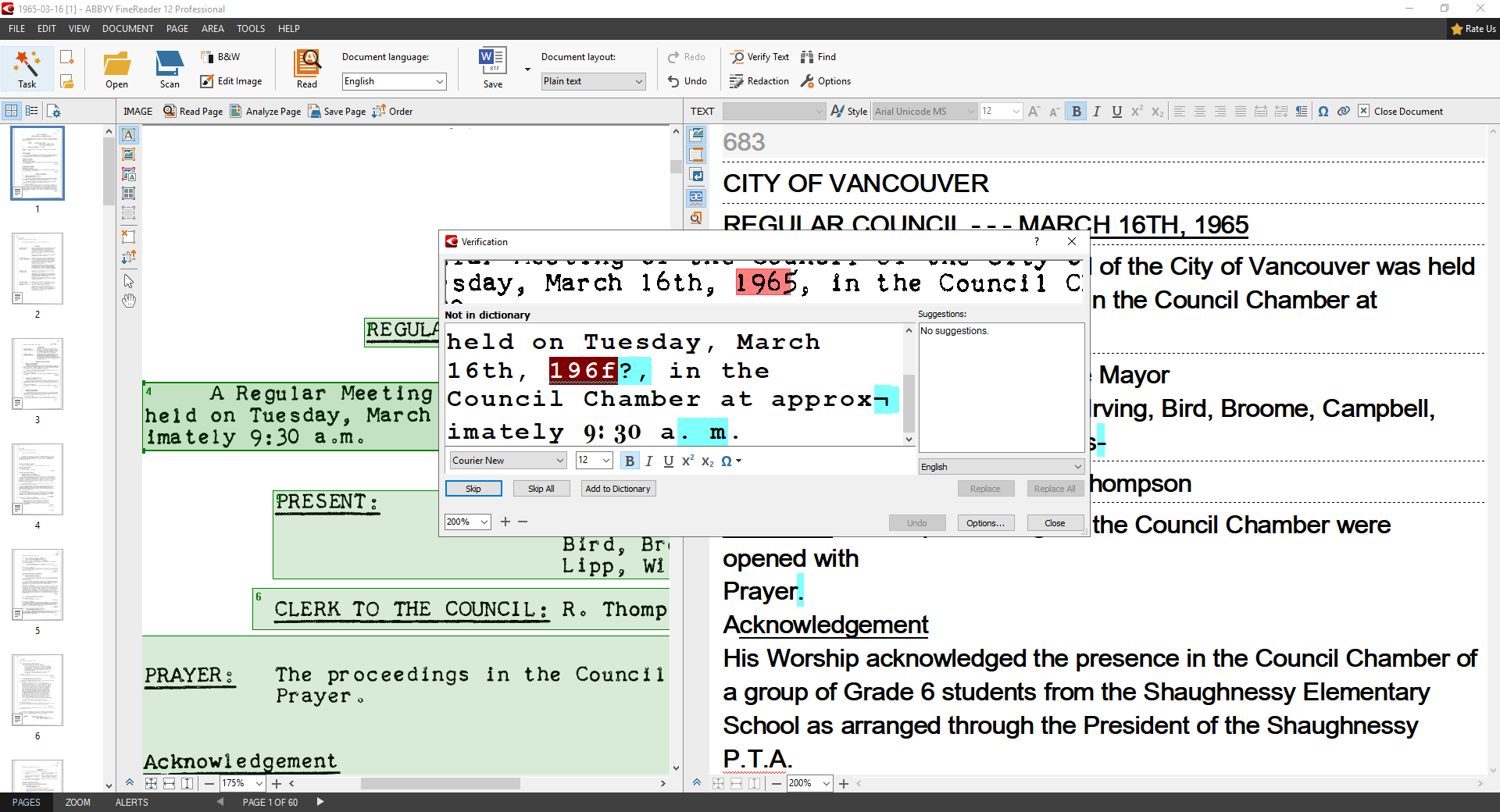
R is for Reference Guides
Though people access the City of Vancouver Archives’ holdings for a wide range of research needs there are several popular topics. To help people get started, we have a number of Reference Guides available on the Archives’ website that list what kind of records the Archives holds related to the topic. A few examples of our most popular Reference Guides include “Research buildings and houses”, “Neighbourhoods”, “Newspapers”, and “Property tax records”. All of the Reference Guides can be found on our website under the tab “Research at the Archives“.
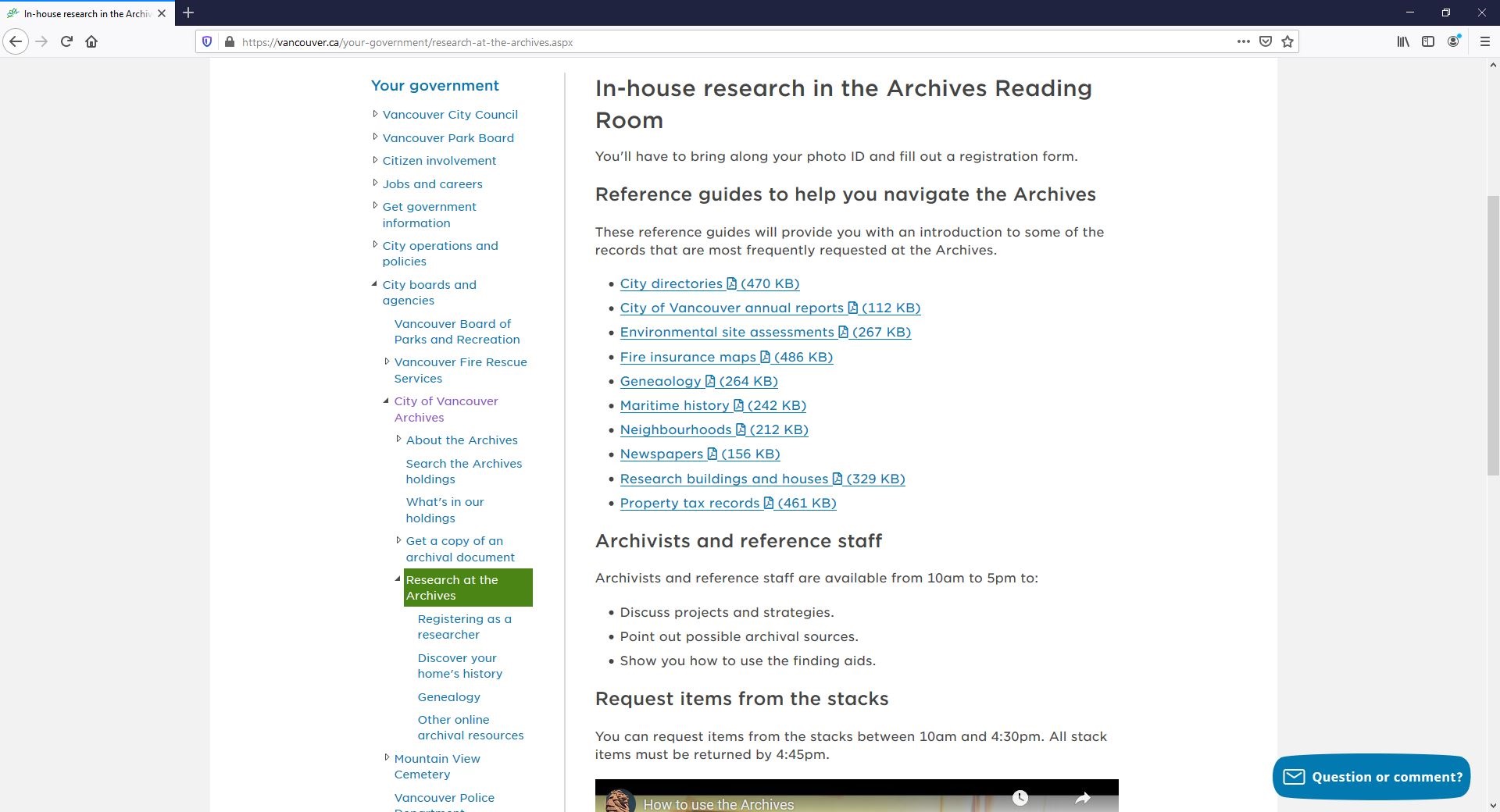
S is for Snake Weights
Snake weights are a series of small weights encased in a thin fabric allowing them to bend and thereby giving them a variety of configurations. They are useful tools that help weigh down pages of books, or hold down curled edges of maps without damaging the material.
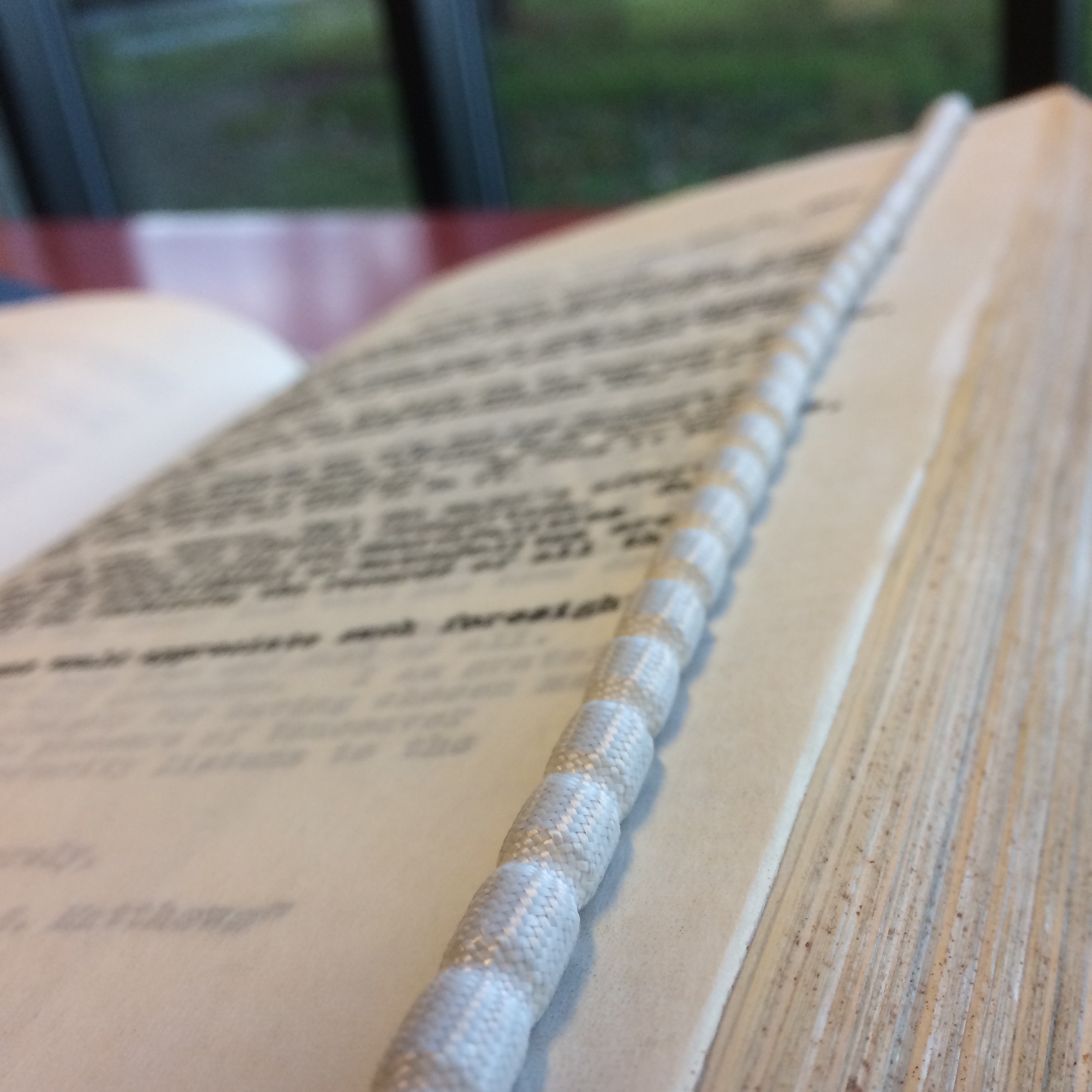
T is for Transfer
The records created or received by the various departments of the City of Vancouver in the course of their daily business are subject to the City of Vancouver’s corporate records retention schedules. These schedules determine how long records remain in their creating offices, if and for how long they live in semi-active storage, and what happens to them at the end of their life cycle–whether they are destroyed or transferred to the City of Vancouver Archives. More information about the transfer of City records can be found in the Archives’ Acquisition Policy on the Archives’ website.
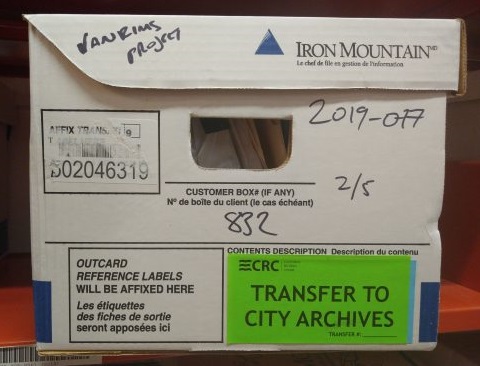
U is for Unique
Most of an archives’ holdings are unique primary sources, meaning unlike published sources, they can only be found in that archives. This is part of the reason we only allow material from our holdings to be viewed onsite in our Reading Room–if something goes missing or is irreparably damaged, there isn’t another copy somewhere else.
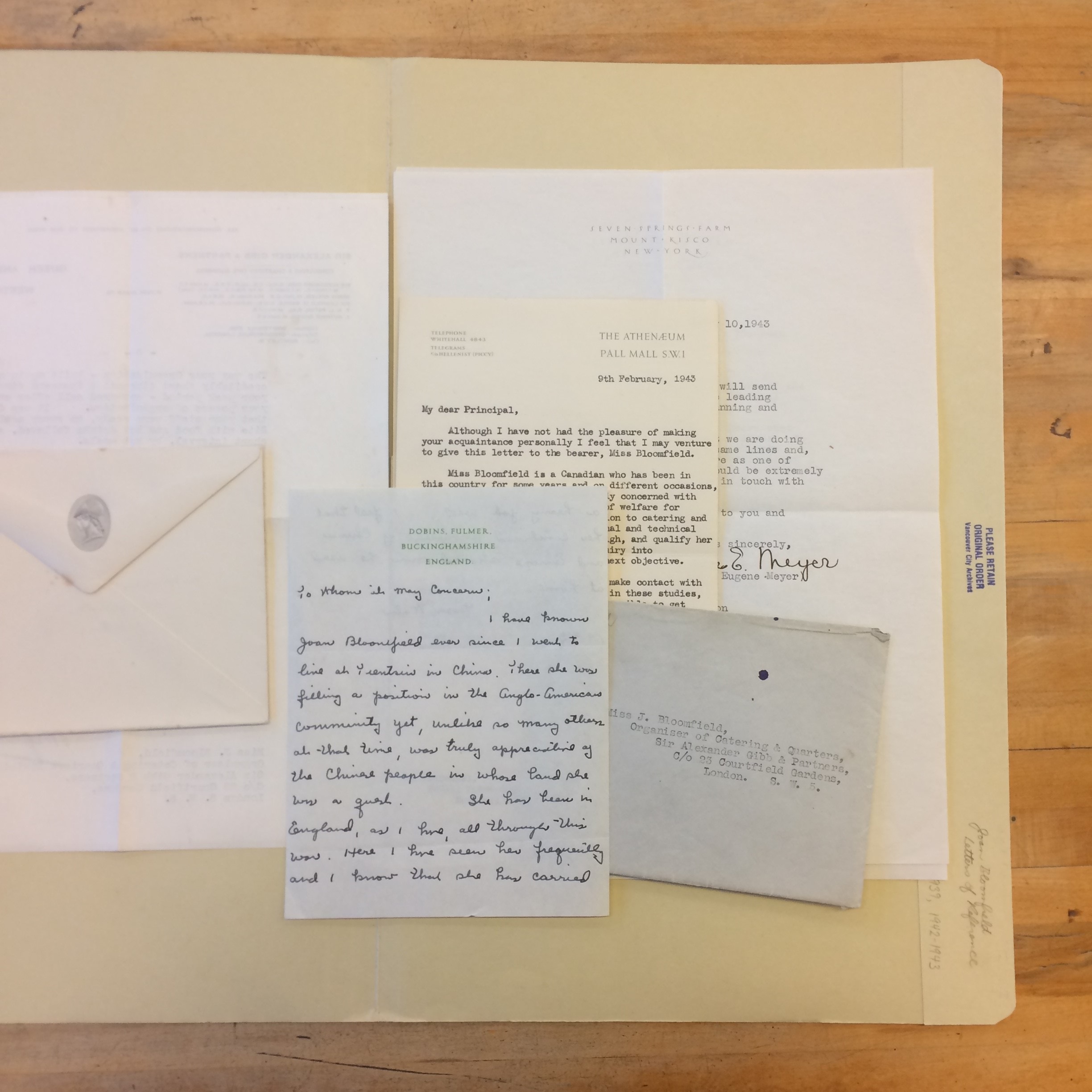
V is for Vanier Park
The City of Vancouver Archives is located in Vanier Park. The building was the first purpose-built municipal archives in Canada when it opened in 1972, and was named after Vancouver’s first City Archivist, Major Matthews.

W is for Water Service Applications
Water service applications are one of the types of records that the Archives holds that is frequently accessed to determine the approximate date a building was constructed. This water service application is for the current Vancouver City Hall.
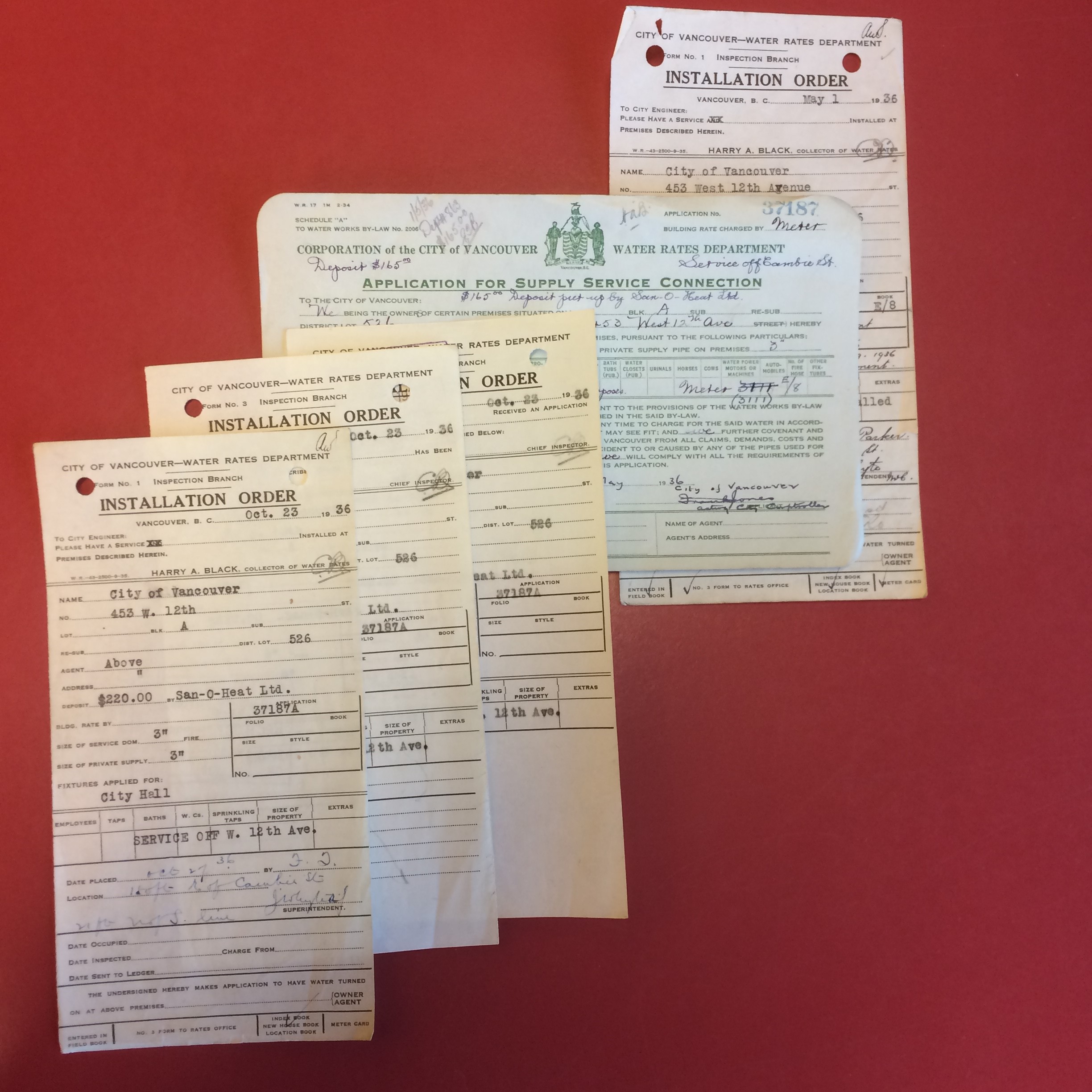
X is for “X”, “Y” and “Z” miscellaneous
Though a miscellaneous file category, even one that has been alphabetized, can seem like a good idea when organizing records, it isn’t. Records plunked into such files often become hard to find as the file titles lack any really useful description of their contents or context.
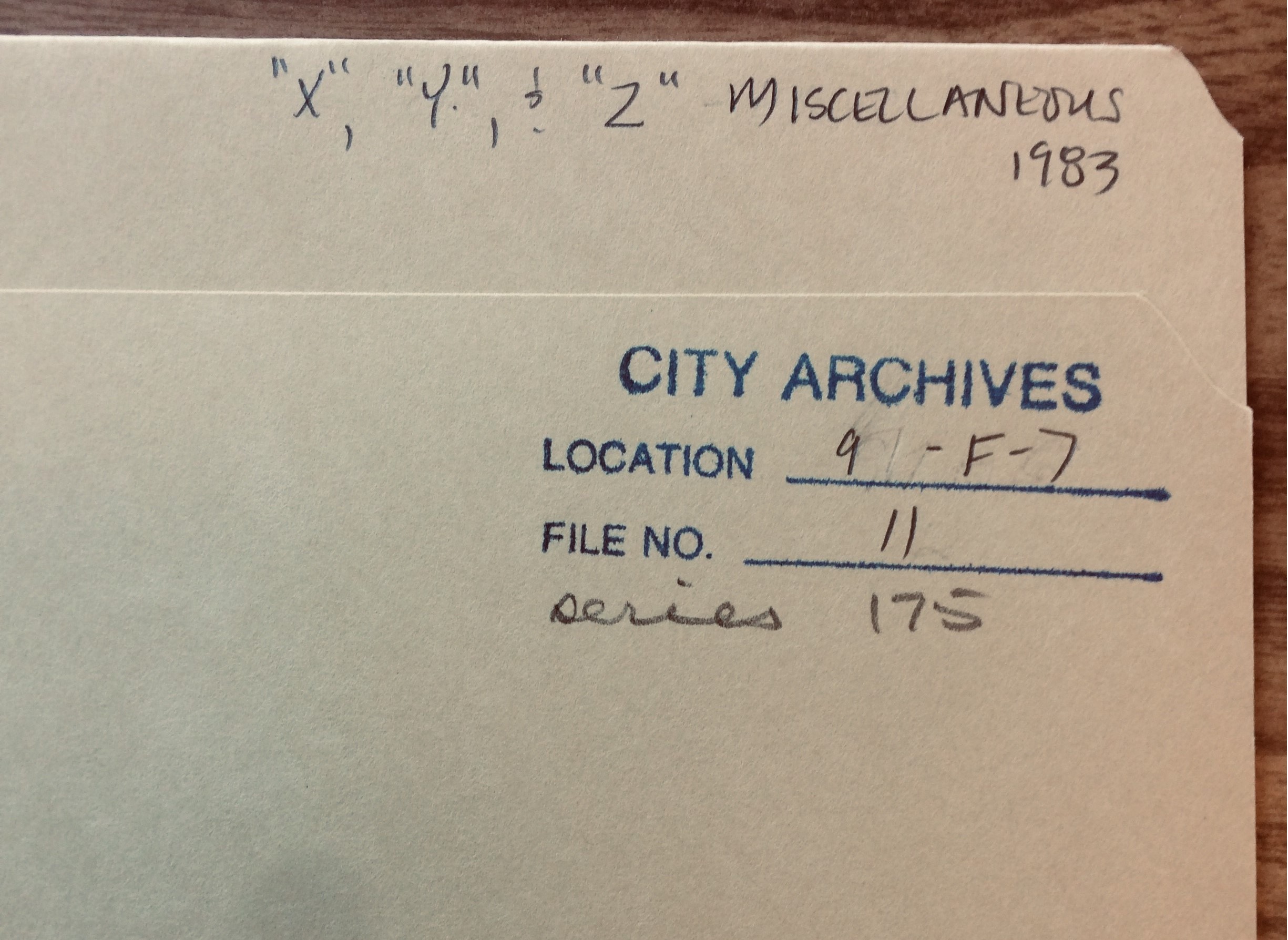
Y is for Yellowing
Yellowing is a term used to describe the changing of paper’s colour from white to a darker shade, giving paper that “old timey” look. Though it may seem charming to some, it is a concern in the archives, as it indicates acidification of the paper, which contributes to the paper’s deterioration. To mitigate yellowing, records are stored in acid-free buffered folders and boxes.
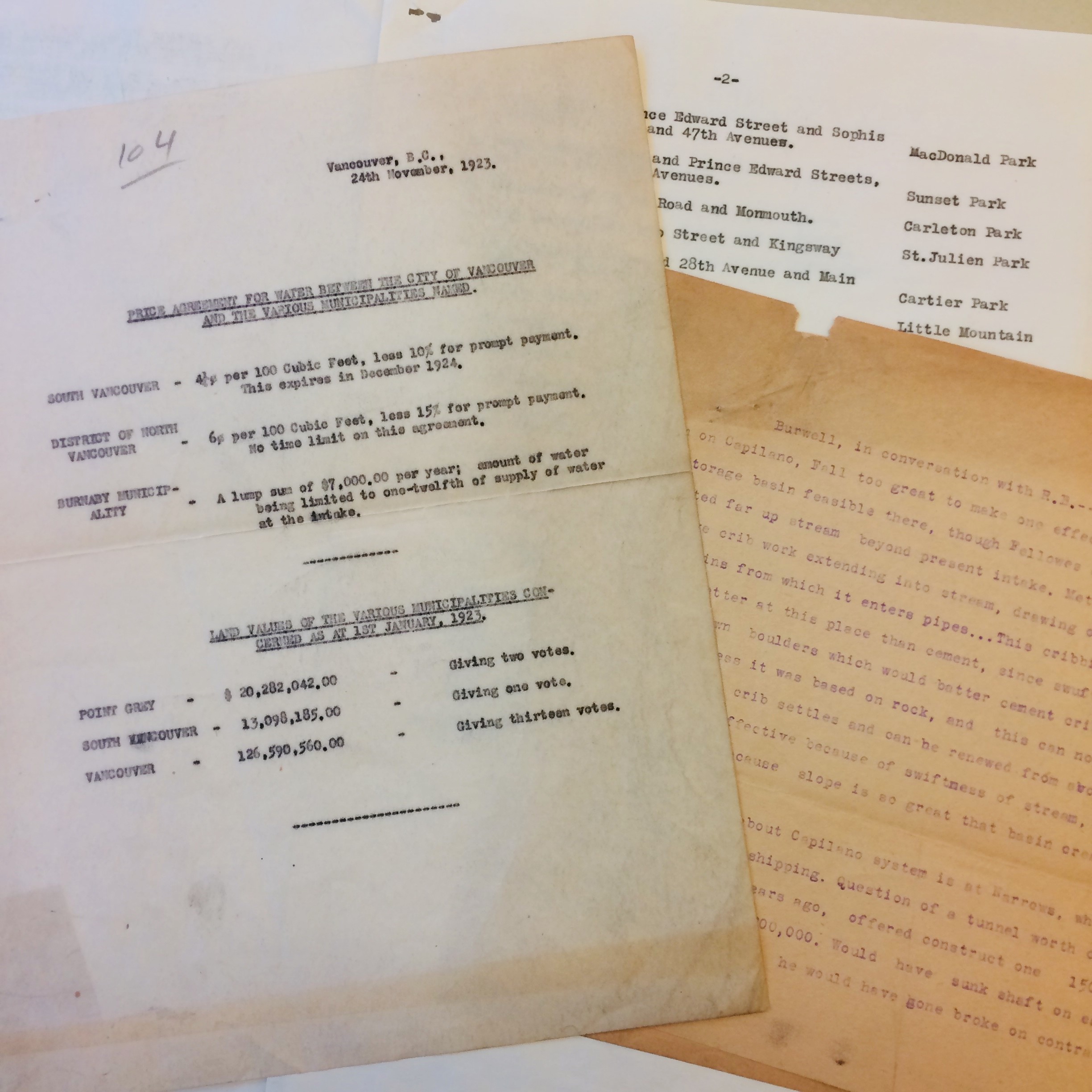
Z is for Zoning Maps
Zoning maps give a quick visual as to what areas in a city can be used for what purposes. As a city grows and evolves, so does the zoning. It can be interesting to look at past zoning maps to see what the primary use of different areas of Vancouver have been throughout its history. Zoning maps can also be quite beautiful with their use of colour coding. This zoning map is from May 1974.
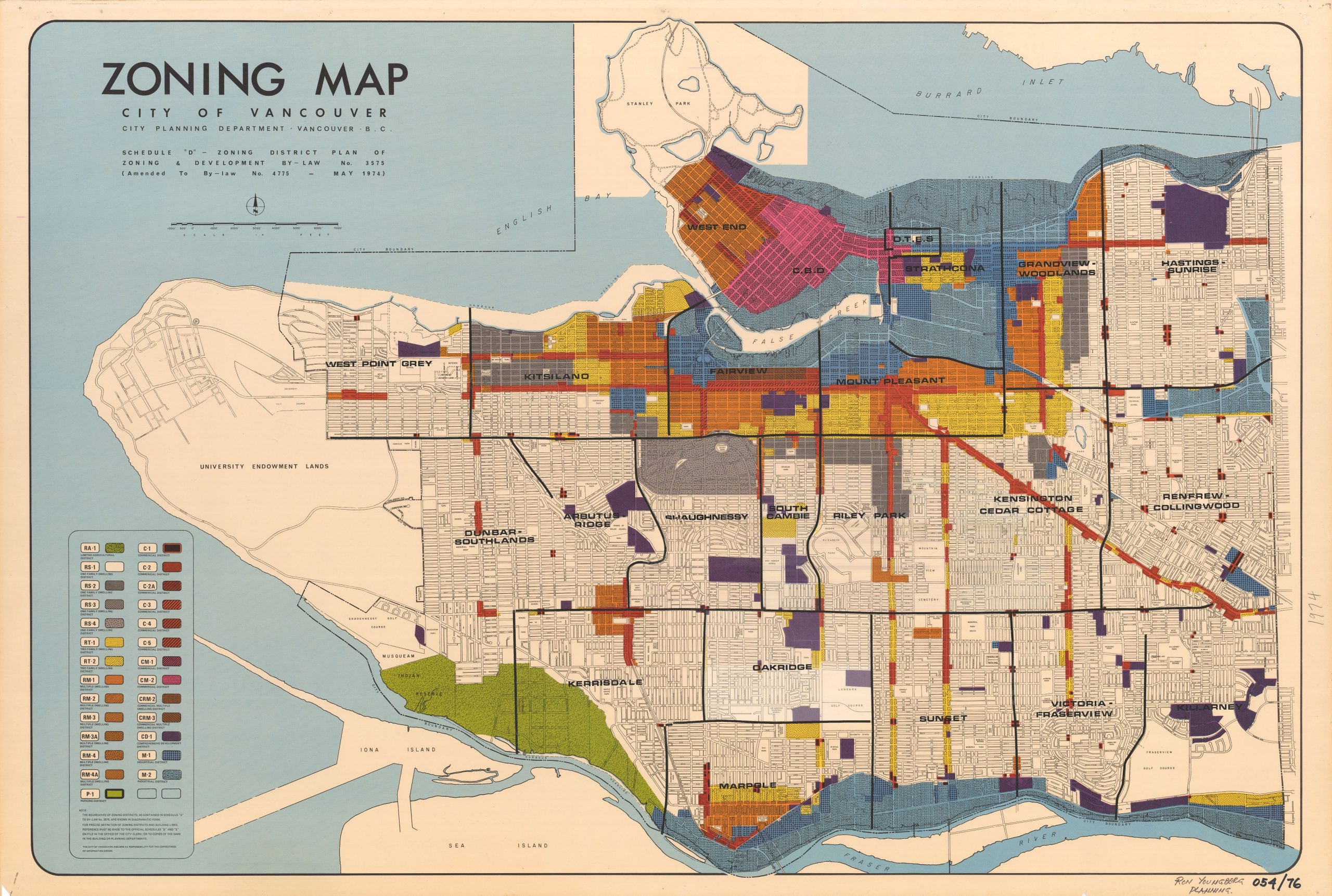




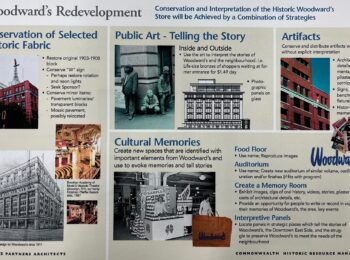
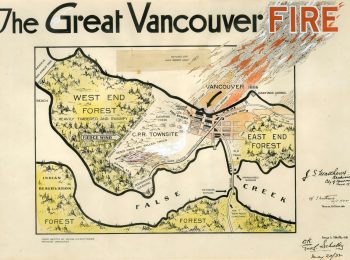
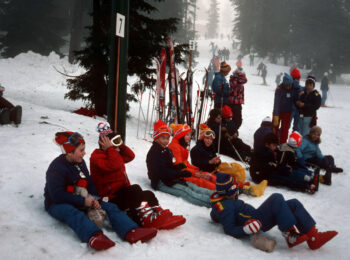
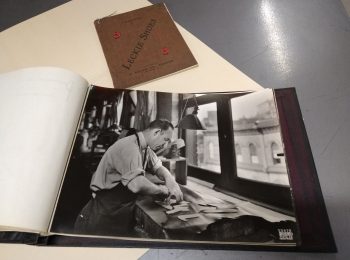
Terrific article. Who would know, when sitting in the reading room, what special materials lie nearby. Cheers, Bob Stone